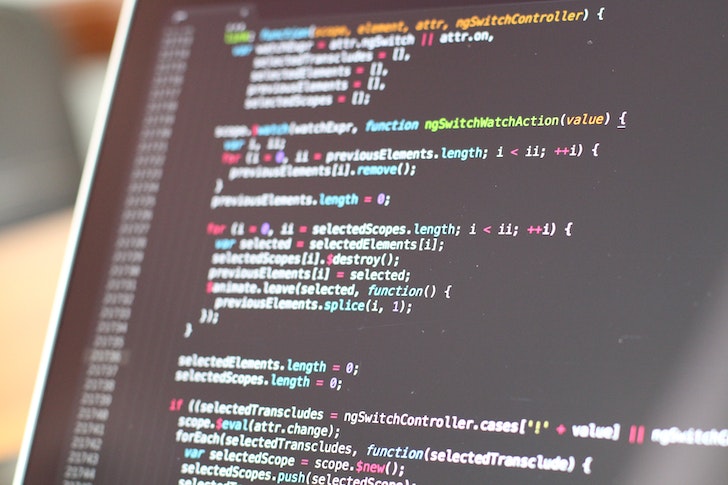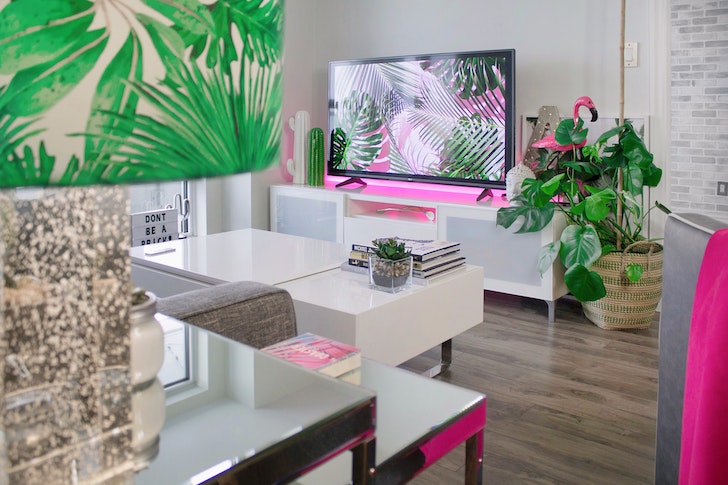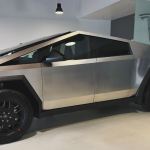Quantum dots (QDs) are tiny particles that disperse wavelengths of light, depending on their size. To put it another way, individual dots generate individual colors of light, such as red, green, and blue. Despite the existence of additional choices, RGB is all that is really required for display technology. They are also incredibly efficient, almost precisely expending as much energy as they take in.
In recent years, LCD TV manufacturers have used QDs to enhance the brightness and color of their products. The “Q” in Q-LED TV represents “quantum.” Before only found in high-end TVs, these dots are now found in mid- and lower-end TVs from brands including TCL, Samsung, LG, Hisense, & Vizio. In addition to other things, they provide greater HDR brightness and improved color.
So how do they improve QD-OLED and micro-LED displays? In the former, even when some are converted to red or green through QD, the whole panel is mostly constituted of blue OLED pixels. The micro-LEDs themselves in the second scenario are constructed of QDs.
Samsung has combined the excellent contrast ratios of these dots with OLEDs. They have created some of the greatest image-quality QD-OLED TVs ever (with partner Sony).
As a performance booster for outmoded technology, QD have always been a pawn in other technologies’ games.

Pixabay/Pexels | QD wasn’t an independent character. That is no longer the case
Direct Vision Quantum Dots
Present-day display technology uses “photoluminescent” quantum dots. They absorb light and then emit it. In the case of LED LCD TVs, this often meant that LEDs were producing blue light. This blue light was also used to produce the blue light you see on television in addition to causing red and green QD to create their own colored light.
Hence, the picture you see on the screen is made up of a combination of the blue light from the LEDs and the green and red light from the dots. Although there are other alternative ways to carry out this process, this is the underlying idea.
It may be compared to a traditional LED, LCD, or OLED display, with the exception that the pixels are fully made of quantum dots as opposed to LCD or OLED components.

Designecologist/Pexels | There may be further benefits including lower production costs as a consequence of the much fewer layers
However, this new prototype is rather distinct. There are neither traditional LEDs nor OLEDs. Instead of using light to activate quantum dots, it uses electricity to do so. Quantum dots alone are used. EL dots, another name for direct-view quantum dots. It’s a major deal.
Or, at the very least, has great potential. Theoretically, this will lead to smaller, more energy-efficient displays. It alludes to displays that would be easier and less expensive to build. This might result in TVs that are ever more accessible, efficient, and large-screen. Image quality might be at least as good as QD-OLEDs, if not better. The technique may be expanded to create high-performance flat-screen TVs, very efficient phones, and small, lightweight displays with tremendous brightness for the next generation of virtual reality headsets.
For the record, Nanosys uses the name Nano-LED to describe their direct-view electroluminescent quantum dot technology. It’s unrealistic to expect the average customer to understand how “nano” differentiates from “micro” and “mini” in the crowded “LED” TV market.

Cottonbro/Pexels | An expert at tech or marketing might not have the same issue
Future of Science Fiction
The electroluminescent variation has significantly more potential, notwithstanding the thrilling possibility for TV and smartphone displays. Because QD-based displays have a fundamentally simpler display structure, they may be employed in more scenarios. or on a wider variety of surfaces, to be more accurate. To put it simply, this technique does away with the necessity for the heat that prior “printable” technologies required in order to print a complete QD display onto a surface.
Why is this important? Almost any flat or curved surface may serve as a screen. This has been a long-standing promise of several technologies, not to mention many sci-fi shows and movies, but electroluminescent QD may finally make good on it.







